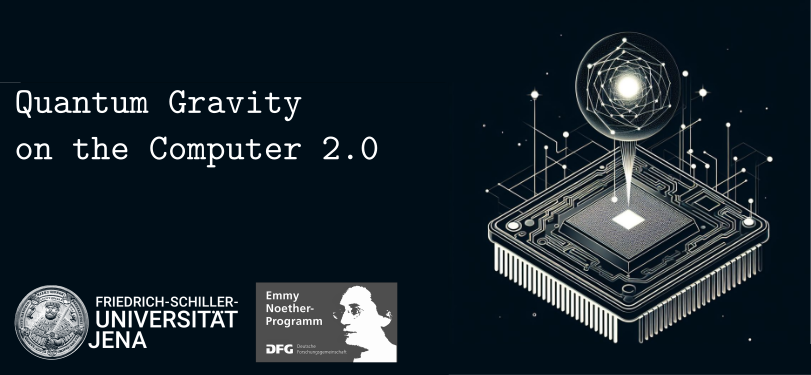Speaker
Description
The problem of obtaining and interpreting solutions to the quantum Hamilton constraint of LQG is a long-standing and difficult one. We approach this problem with novel numerical methods from the context of neural networks, thereby taking the first step in applying deep learning methods in LQG.
We present the basic idea of parameterizing quantum states with a neural network, and of obtaining solutions to the constraints in this way. Then we consider U(1) BF theory and Smolin’s weak coupling limit of 3d gravity as toy models to demonstrate the applicability of neural network quantum states (NNQS). The quantum theory is truncated by introducing a fixed graph and a cutoff on representations, to make it accessible for numerics. We show that NNQS can approximate solutions to the constraints, and that they can be used to go beyond the regime in which exact diagonalization methods are applicable. We also discuss limitations and the dependence on the truncation. In an application that points beyond the toy model, we compare approximate solutions of Thiemann’s regularization of the Hamilton constraint with a more naive one and show quantitatively that they have more in common than one might expect.
We finish by giving an outlook on the next steps and the challenges for applying the methods to more physically relevant models.

